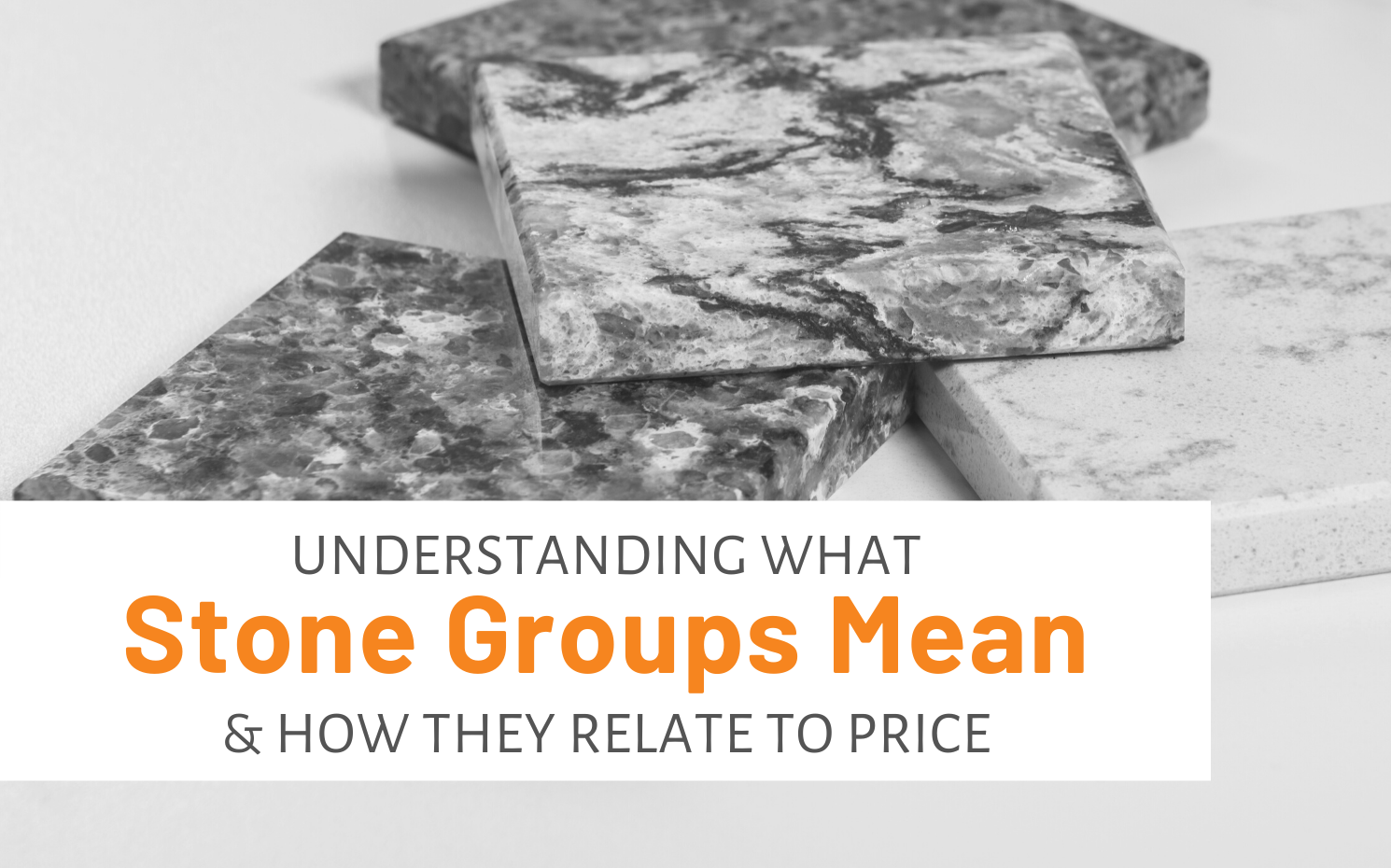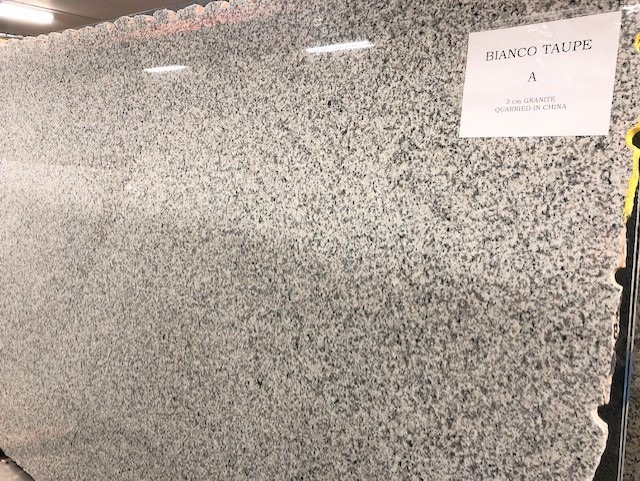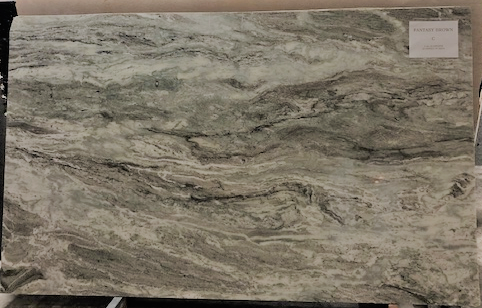Are you on a budget when it comes to home improvement? Most people are. And you’re probably not part of the 1% of the population that has enough money to pay for stone countertops without making a dent in your savings account. So pricing is an important topic for you, right?

There are several ways to make sure you’re looking at the right stone – the kind that fits in the budget. But the best way is to first and foremost consider the stone’s group. Hang on…what does that mean? Let’s break it down.
What are stone groups?
“Groups” are a method of determining the price of a slab of stone. Each slab, depending on the rarity of its color or pattern, is assigned a group. The higher the group, the more expensive the slab is. Often, groups aren’t so much about the quality of the stone, but more about how common or uncommon that particular stone is. It’s basic economics. If a thing is harder to produce, its price increases. In other words, “supply and demand.”
What are the different stone groups?
Granite is priced in a fairly straightforward way. Usually, if you walk into a store that sells granite you’ll probably begin to notice that there are six different groups: A, B, C, D, E, and F. F, being the highest, is the most expensive. F group slabs generally fall into the $150 to $200 per square foot price range. On the other hand, A group stone costs around $40 per square foot while C group is in the middle – around $60 per square foot.
Quartz and marble countertops are grouped similarly ranging from closeout/clearance to standard, premium and designer.
What characteristics can I expect from certain groups?
Okay, since stone groups are determined by the rarity of the material, you’re probably wondering “what kind of stone can I expect to get?” Let’s say your budget only allows you to spend from $40 to $60 per square foot. That’s a Group A price range. Don’t go into the store expecting to come out with a blue granite slab with the big, swirly patterns you’ve always dreamed of. You may be disappointed.
It’s better to have realistic expectations. Most of the time, Group A granite won’t have bold patterns or exotic colors. However, it can still be pretty! Often Group A will come in a variety of neutral colors like brown, grey, or black. And they’ll often sport a lovely, subtle, flecked appearance with that grainy texture most think of when picturing granite.
Similarly, at the “standard” group price point, quartz is going to come in plain, neutral colors. That’s great if you want a solid white or grey, which go with almost any kitchen. However, if you’re going premium or designer, you can expect brighter colors and eye-catching designs. This goes for marble too!
Let’s think about this – a beige granite that is uniform in color and pattern is a naturally tougher material. Natural faults in the stone are significantly less prone to happen if the stone has a close, even texture. This type of stone is easier to find – think of all the granite that you’ve seen in your life. It probably looked a lot like what we’re describing. It’s the most common type of stone, and it’s easier to quarry. Those are just some of the factors that drive the price down.
However, let’s say you want to go with something in that happy medium – Group C.
Group C is going to feature larger patterns and probably a good mix of colors. Group E or F, however, will be far more exotic, with rare colors and patterns that are less uniform than the lower groups.
How stone groups help with budgeting
See how this can help narrow down your search and save your bank account? All you have to know is what your budget allows per square foot and focus on the slabs in that pricing group. Of course, it can be disappointing to get the news that you can’t go with the top-of-the-line granite. We suggest that before you even begin looking for countertops with the serious intentions of a buyer, take a walk through your local retailer. While you do this, take note of the groups and what styles are available in each one. That way, you won’t get your heart set on a certain style and then find out it’s about a hundred dollars too much.
The perfect price
What’s more important than getting a beautiful kitchen? Not worrying about how you’re going to pay your mortgage because you dipped into that money to pay for a countertop! A new kitchen is an investment so be sure to do your research carefully. Understanding stone groups can make it that much easier!



Recent Comments